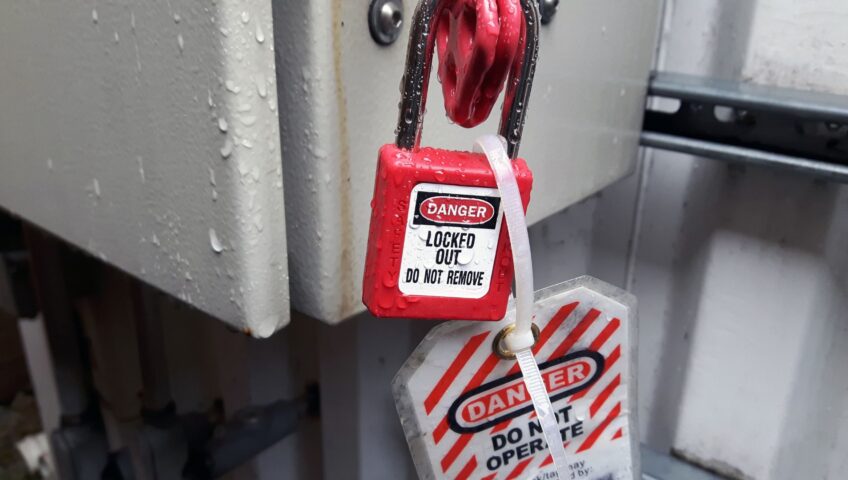In the bustling environment of industrial workplaces, safety stands as the paramount concern. Among the myriad of safety protocols, one of the most crucial yet often overlooked procedures is Lockout / Tagout (LOTO). This indispensable practice ensures the safety of workers by preventing unexpected startup or release of energy during maintenance or servicing of machinery and equipment. Today, we will delve into the significance of Lockout / Tagout procedures, their implementation, and the vital role they play in safeguarding lives and property in industrial settings.
Understanding Lockout / Tagout:
Lockout / Tagout, commonly abbreviated as LOTO, refers to specific safety procedures to control hazardous energy sources during maintenance or servicing activities. These energy sources might include electrical, mechanical, hydraulic, pneumatic, chemical, thermal, or other sources in various forms such as electrical, mechanical, hydraulic, etc. The primary objective of LOTO is to prevent the accidental activation of machinery or equipment, which could lead to serious injuries or fatalities.
Importance of Lockout / Tagout:
The importance of Lockout / Tagout cannot be overstated in industrial workplaces. It serves as a crucial line of defense against unexpected energization or startup of machinery, which can cause severe injuries or fatalities to workers. By isolating energy sources and indicating their status through locks and tags, LOTO procedures provide a visual and physical barrier, alerting personnel to potential dangers and ensuring that equipment remains in a safe state during maintenance or repair work.
Key Components of Lockout / Tagout Procedures:
- Energy Identification: Identifying all sources of hazardous energy associated with machinery or equipment.
- Lockout Devices: Using physical locks to secure energy isolation devices, such as switches, valves, or circuit breakers, in the off or safe position.
- Tagout Devices: Attaching highly visible tags to locked devices, indicating the reason for the lockout and the responsible personnel.
- Procedural Documentation: Developing and maintaining comprehensive Lockout / Tagout procedures tailored to specific equipment and work environments.
- Training and Communication: Providing thorough training to employees on LOTO procedures and ensuring clear communication regarding lockout / tagout activities.
Implementation Challenges and Best Practices:
While the concept of Lockout / Tagout is straightforward, its effective implementation poses challenges in industrial settings. Some common challenges include resistance from workers, inadequate training, lack of standardized procedures, and failure to update procedures with changes in equipment or processes. To address these challenges, companies should prioritize safety culture, invest in regular training programs, conduct audits to ensure compliance and encourage active participation from employees in the development and improvement of LOTO procedures.
Lockout / Tagout stands as a cornerstone of safety in industrial workplaces, offering protection against the potential hazards of machinery and equipment. By adhering to proper LOTO procedures, companies not only ensure the well-being of their employees but also safeguard their assets and reputation. As technology advances and industrial processes evolve, organizations must remain vigilant in their commitment to safety and continually enhance their Lockout / Tagout programs to mitigate risks effectively. Remember, in the realm of industrial safety, there is no room for complacency—only unwavering dedication to protecting lives and livelihoods.

